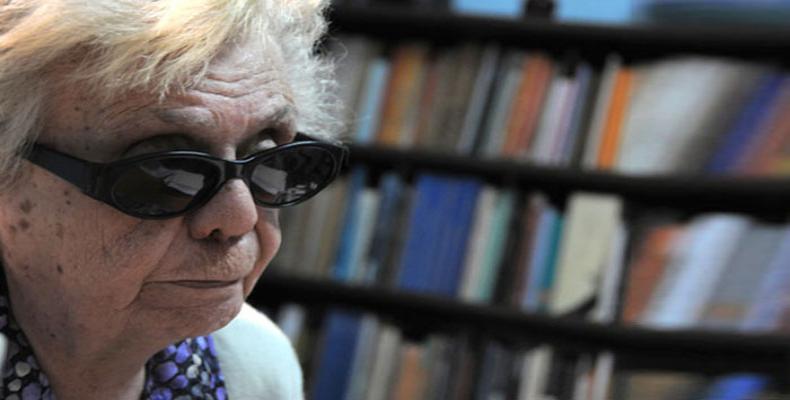
On the heels of Cuban Culture day, Cuban author and essayist Graziela Pogolotti published an erudite article in the last edition of Juventud Rebelde entitled "How Cuban Culture Came To Be."... More
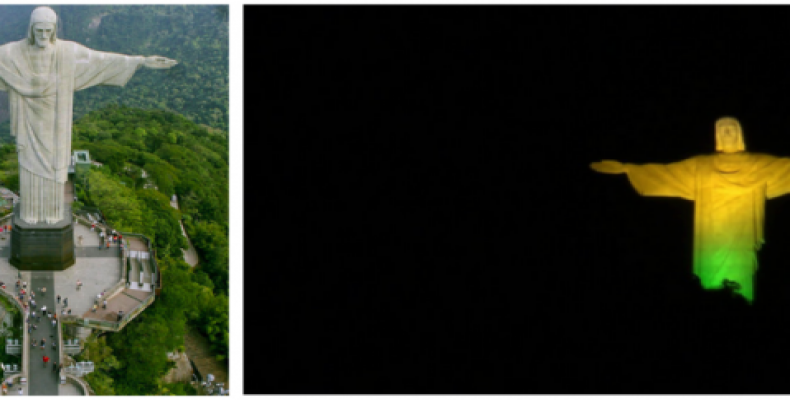
Gerwin Jones here, and welcome to The Real Story, with Lena Valverde and Juan Jacomino. Neoliberal parties, the corporate media, a conservative judiciary, oil lobbyists, the white elite and right-wing groups, with generous help from outside, have ganged up to derail the Brazilian government.... More
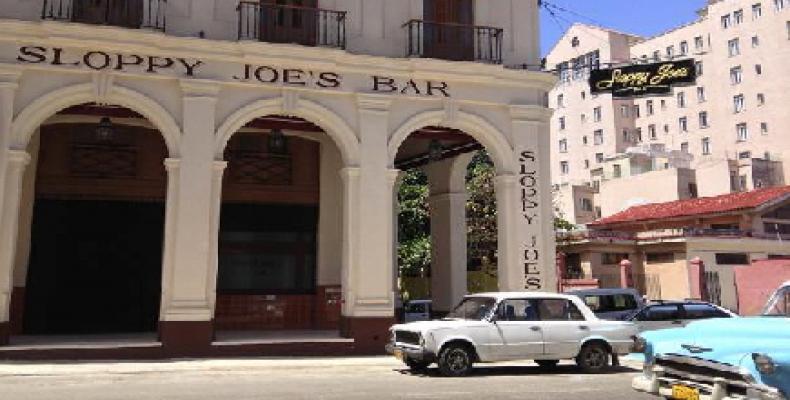
The bar Sloppy Joe´s is one of the most emblematic taverns from the early decades of the 20th century in Cuba. The place was during the 1940s and 1950s a magnet for American celebrities, and for tourists wanting to mingle with them.... More
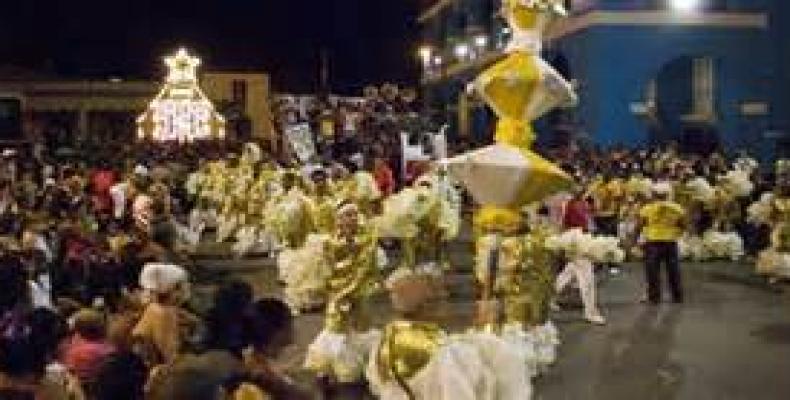
And looking down the road a bit to the community of Bejucal south of Havana, the town will be celebrating the Charangas de Bejucal. Charangas being popular son-influenced Cuban music that began in the 1940s emphasizing flute, violin and piano orchestra.... More
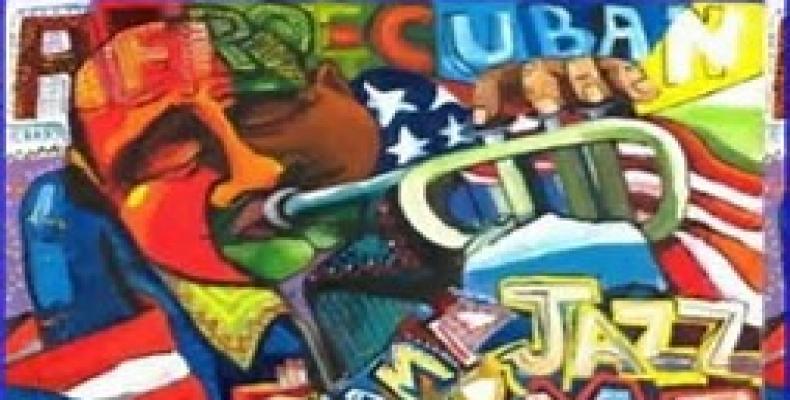
The Cuban jazz sound is unique. It is the result of the African and Spanish musical heritage and mixture, with contributions from the United States of America and many other countries as far as China and France. ... More
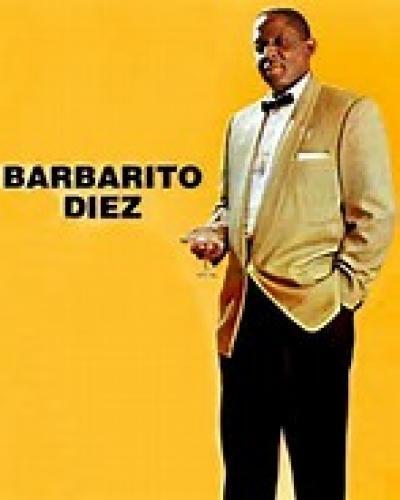
Barbarito Diez was born on December 4, 1909 and he represented the ultimate male romantic vocalist in the history of danzón. As a relaxed, yet romantic stylist, he had a friendly tenor voice with correct diction and easy sense of feeling. ... More
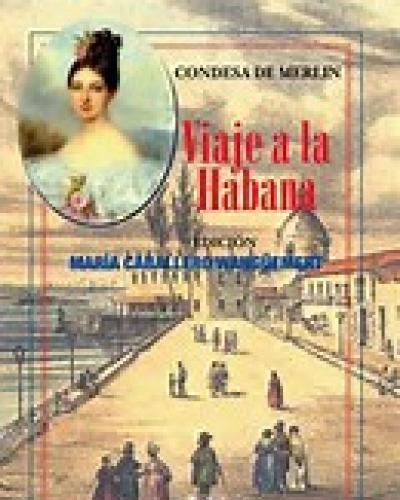
María de las Mercedes Santa Cruz y Montalvo, the Countess of Merlin (1789-1852) was born in Cuba, Since twelve years of age she lived first in Spain and then in France. It was not until 1840 that she returned to visit her homeland. Many of the impressions and experiences are reflected in her book La Havane (1844), written in French and which consists of thirty-six letters. Its Spanish translation, Viaje a La Habana (1844), includes only ten letters because Spanish political censorship explicitly omitted the ones that dealt candidly with the subject of slavery and openly criticized the metropolis.... More
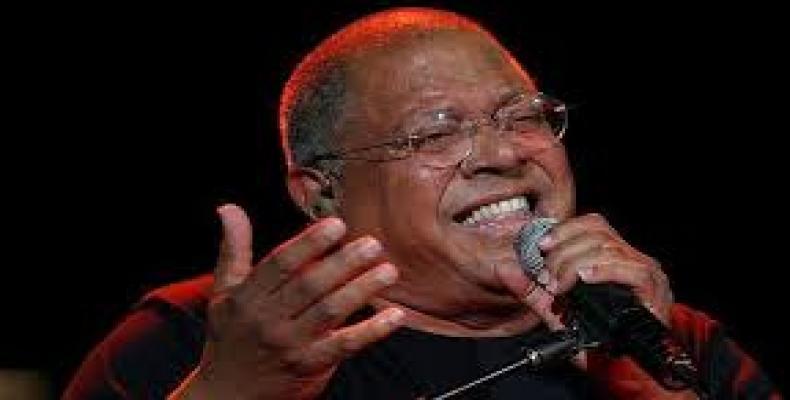
Pablo Milanés was born in Bayamo, Cuba on February 24, 1943. He is one of the founders of the Cuban nueva trova, along with Silvio Rodríguez and Noel Nicola. His music, originating in the Trova, Son and other traditional styles of early 20th Century Cuban music set him apart. Pablo Milanés, widely known as Pablito, moved with his family to Havana in 1950.... More
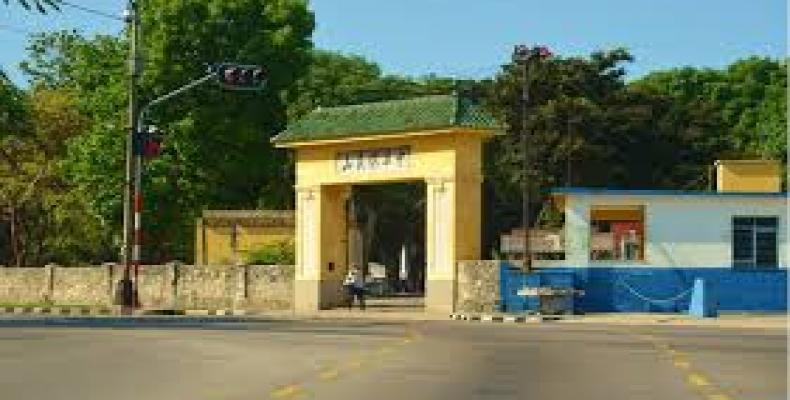
Upon arriving at the cemetery once is faced by a large Chinese style entrance. Visitors generally find that cemetery is locked with admittance granted by a guard who must remove the heavy chains that bind the two gates together. This is not symbolic of the many years of struggle the Chinese endured for the approval and completion of cemetery, but in actuality it is used to intimidate bad spirits from entering. ... More
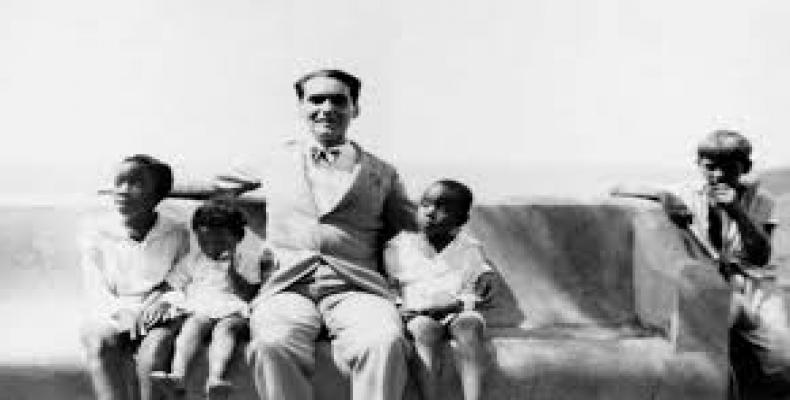
Federico Garcia Lorca described his arrival in Havana in the spring of 1930 in exquisitely poetic terms… …the smell of palm and cinnamon, the perfumes of the Americas with their roots, the Americas of God. But what is this? Spain, again? Andalusia again? It is the yellow color of Cádiz with a more intense shade, the rose of Sevilla almost red and the green of Granada with a light fish-like phosphorescence.... More
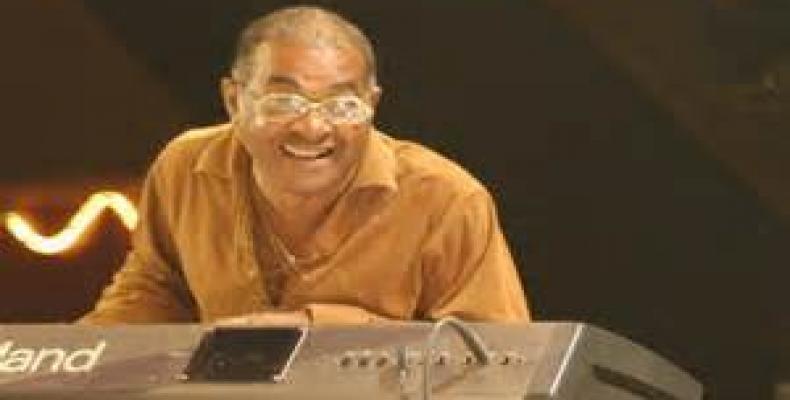
César "Pupy" Pedroso was born in Havana on 24 September 1946 is a Cuban pianist who became famous with Orquesta Revé . Orquesta Reve, commonly known as 'El Charangon de Elito Reve', is a music legend in Cuba and a worldwide famous. It was founded in 1956 by Elio Reve, a brilliant musician from Guantanamo, who died in 1997. Today his son, Elito Reve, ensures the musical direction of the band.... More
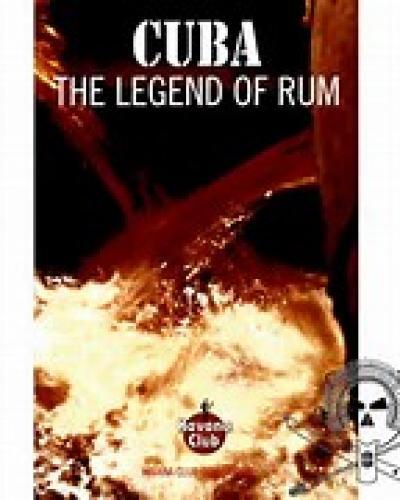
Since the Cuban Revolution of 1959 probably more books have been written about Cuba , its culture and society than about any other country in the world. In this new segment on Arts Roundup we are going to suggest one or two titles each week that, in our opinion, are essential reading for anybody interested in an in-depth understanding of Cuban culture. Our selections will generally be English language titles that are available in major public libraries and that are often on sale through on-line entities.... More
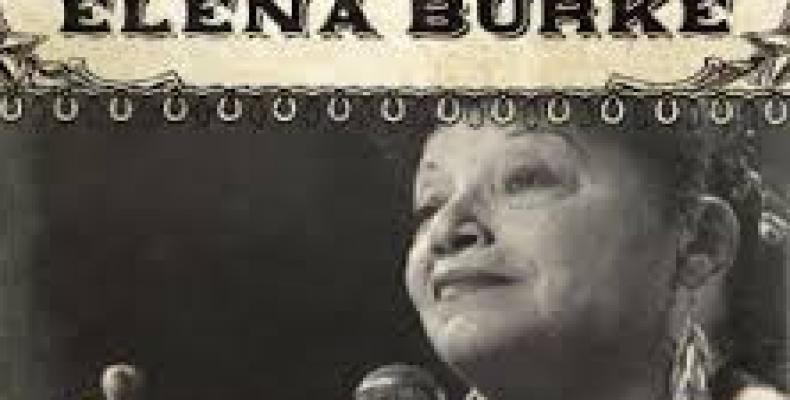
Elena Burke who was born on February 28, 1928 in Havana, was a revered and popular Cuban singer of boleros and romantic ballads.... More
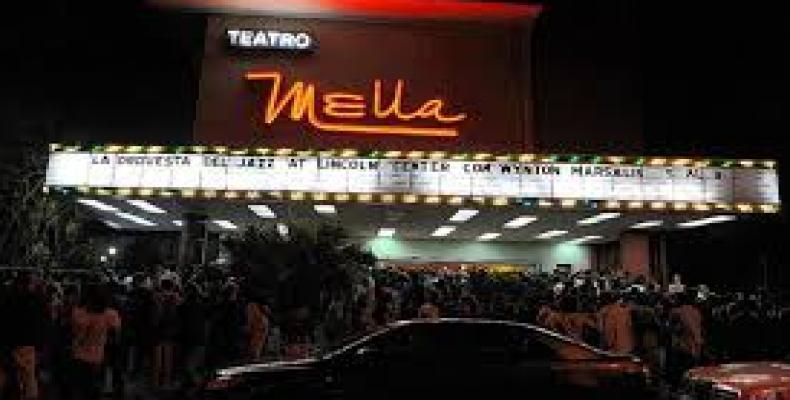
Located on Calle Linea # 657 entre A y B, Vedado, and site of the old Rodi Theater, El Teatro Julio Antonio Mella, known in English as the Mella Theater was refurbished in 2000. The 1 thousand 500 hundred seat theater has a Gaudi-esque feel with a balcony that wraps around the auditorium. The Mella is home to the Conjunto Folklórico Nacional de Cuba, and both circus and variety shows are presented at different times.... More
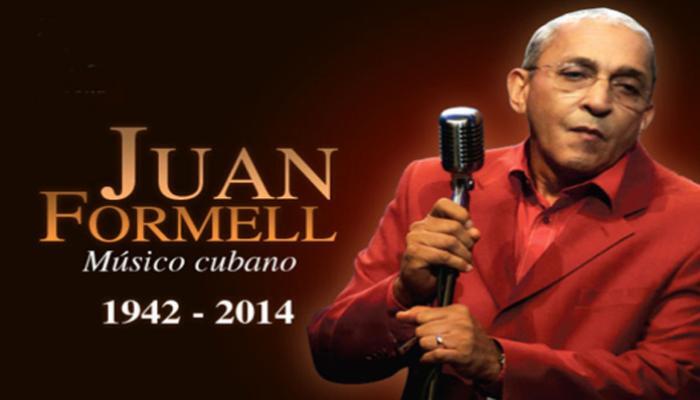
Juan Climaco Formell Cortina was born in Havana on Aug. 2, 1942, into a family of musicians. His father, Francisco, was a pianist and flutist, and Juan began working professionally at the age of 15, playing acoustic bass in several well-known orchestras.... More
More Views
- Cuba explores technique to reduce vector population
- UN warns that nearly 55 million face hunger in West and Central Africa
- Extradition of Julian Assange edges closer as U.S. claims it will respect his human rights
- Artificial intelligence platform is developed in Cuba
- FAO assists Cuba in forest protection

